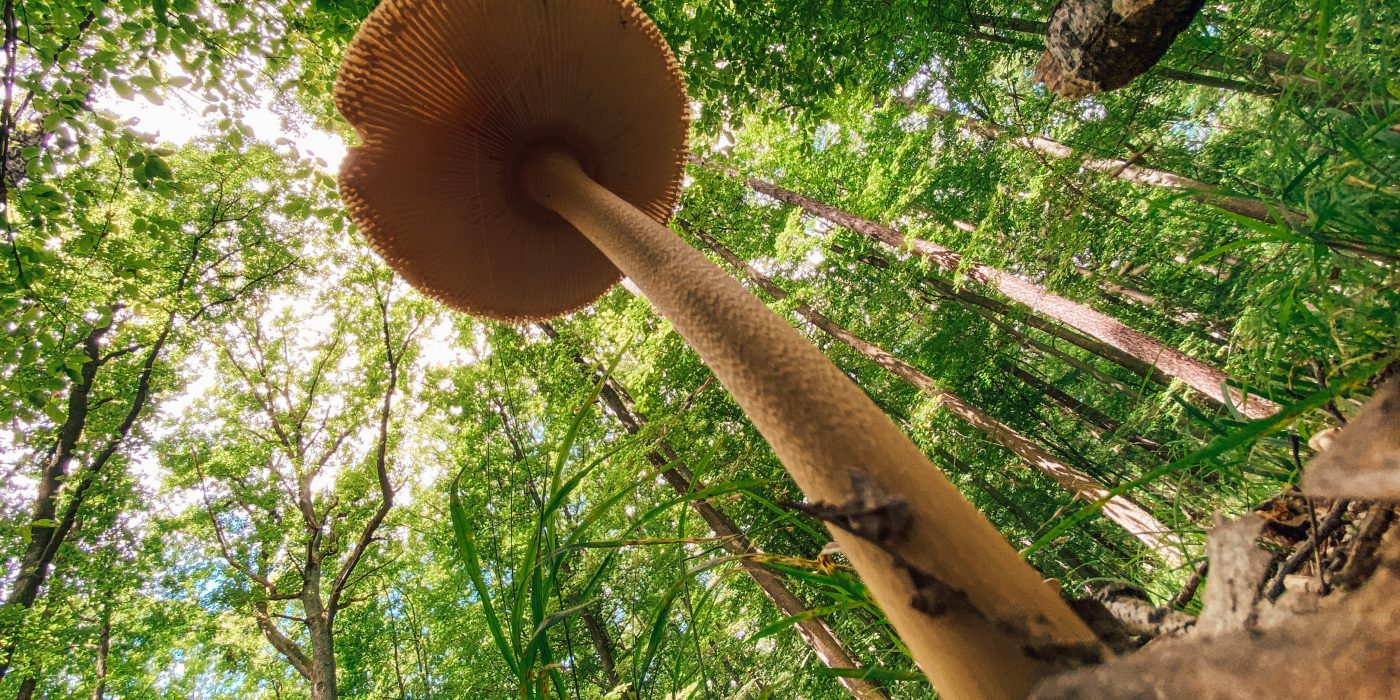One handful of soil may have more organisms than there are people on Earth. Under our feet spreads a fascinating world populated by tiny organisms. These waste management and circular economy specialists maintain life above soil too.
“If we didn’t have the decomposers in the soil, all organic material, such as dead plants and animals, would accumulate on top. The nutrients would not be available for plants, and that would put heterotrophic organisms like us in terrible circumstances. The disappearance of the decomposers would have a devastating effect on food production, forest growth and all wellbeing that we humans get to enjoy for free,” explains professor of urban ecosystem ecology Heikki Setälä.
“The organisms in the soil improve the soil’s structure, prevent erosion and thus improve the growth of plants. The soil also has an effect on the number and vitality of pests: pests have a better chance of thriving in a soil suffering from biodiversity loss than in biologically diverse soil. The organisms in the soil are also important because they can convert toxic substances to non-toxic substances. In my opinion, it is obvious that we all should take care of the biodiversity in soil and the ecosystem services that it provides us with,” emphasises Setälä.
About 75% of the ground in cities is covered with asphalt and other impermeable surfaces. “The soil under these surfaces is, in practice, a completely dead desert. Apart from some microbes, nothing can or will live there,” Setälä continues.
Impermeable surfaces cause trouble not only to the organisms in the soil, but also to us humans. Our immune system develops better when we can play with the soil, but in urban areas it is more difficult to find a natural way to be in contact with it. Surfaced ground does not soak up water, which increases the risk of urban floods. The absorption services provided by green areas are now being replaced by engineering, and according to Setälä and his colleagues’ calculations, this alone incurs costs of € 200,000 to 300,000 annually per every hectare of lost green area in a city. In all coastal cities of Finland, unfiltered rainwater runs to the waterways and carries with it heavy metals and other harmful substances that it collects on its path. More abundant green areas and permeable surfaces in urban areas would also decrease these emissions into waterways.
“It’s interesting how we don’t pay much attention to the organisms in the soil, even though we would be in trouble without them,” ponders Maarit Mäkelä, who is a ceramic artist and a professor at Aalto University. She has reflected on our relationship with the soil in the Soil Matters exhibition she curated and in her own work. “Along with my work in ceramics, the soil has become dear to me. I have begun to understand how the organisms in the soil and we humans belong to the same community. It’s near and dear to my heart to have us realize it and start taking good care of our soil community. I’ve wondered, would we take better care of soil, if our relationship with it was closer.”

